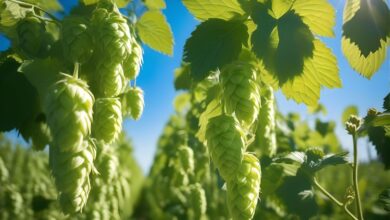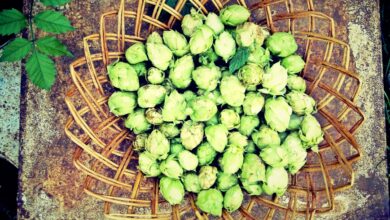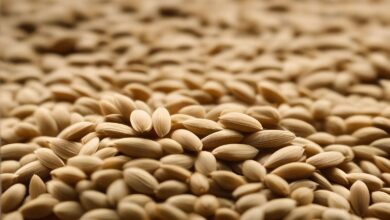Style Guide: Difference Between Ales and Lagers

Even seasoned beer enthusiasts who can easily distinguish between different beer styles in their glass often need help explaining the difference between ales and lagers to the uninitiated. Let’s explore the formal criteria that differentiate between these two main types of beer.
Ale, Lager, or Hybrid

According to the 2023 Brewers Association Beer Style Guidelines, all beers are either ales, lagers, or a mix of the two. These are the most general terms. Specific styles like Irish dry stout (an ale) or Dunkel (a German lager) are usually referred to by their own names.
The difference between ales and lagers is not determined by flavor profile, bitterness, color, aroma, or alcohol content. Both groups contain wildly different beer styles that have little in common. The fundamental difference between groups lies in the type of yeast used and the fermentation process. Ales are typically made with top-fermenting yeast, which operates at warmer temperatures. In comparison, lagers are made with bottom-fermenting yeast that requires colder temperatures for fermentation.
Hybrid beers, also known as mixed-style beers, are a category that combines elements of both ales and lagers or blends characteristics from various beer styles. Brewers may experiment with different yeast strains, fermentation temperatures, and ingredients to create unique and innovative brews.
For instance, California Common (or Steam Beer) is a hybrid beer that uses lager yeast fermented at ale temperatures, resulting in a beer with both the clean characteristics of a lager and the fruity and complex flavors typically associated with ales.
There is, of course, nuance. For example, going strictly by the definition above, Belgian lambics that rely on exposure to wild yeast for fermentation should be an entirely separate class of their own. However, since lambics are still top-fermented, they are universally considered ales.
How to Ferment Your Beer
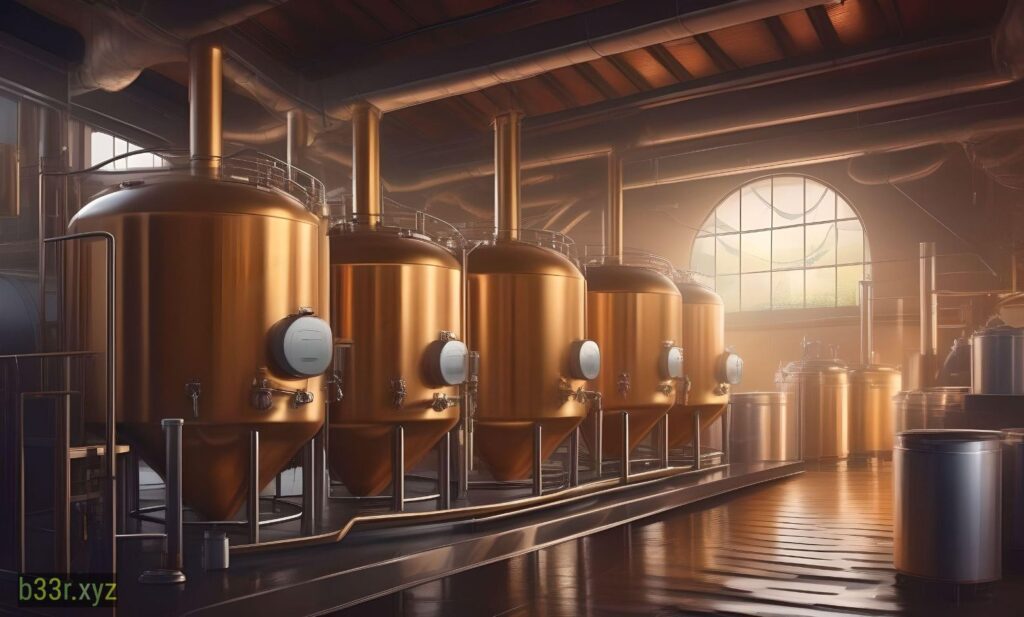
In our earlier article we reviewed the key beer ingredients, and even mentioned that depending on the type of yeast and fermentation process used, beers can be divided into top-fermented and bottom-fermented.
The beer fermentation process is essential for the production of alcohol and the development of flavors. It begins with the addition of yeast to the cooled wort, which is the liquid produced from malt (mashed grains). The yeast, a living microorganism, converts the glucose in the wort into ethyl alcohol and carbon dioxide gas during fermentation.
Top Fermentation (Ales)
Top fermentation, associated with ales, is a mode of fermentation in which the flocculating yeast rises to the surface of the fermenting wort. This type of yeast, known as “ale yeast” or Saccharomyces cerevisiae, is relatively hydrophobic, causing it to seek the surface of the liquid to escape the aqueous milieu of the fermenter contents. This process allows the yeast to be “skimmed” from the vessel’s surface for transfer to the next batch of wort. Top-fermenting yeast must be kept at higher temperatures, typically around 15°C–24°C (approximately 60 to 75 degrees Fahrenheit). It tends to yield more flavor, as esters are more pronounced in warm fermentation.
Bottom Fermentation (Lagers)
Bottom fermentation, associated with lagers, is a process that involves the use of yeast strains that work effectively at lower temperatures, typically between 5°C–10°C (approx. 41°F–50° degrees Fahrenheit), causing the yeast to work less vigorously and create carbon dioxide more slowly. This results in less turbulence in the beer and yeast precipitating early in its life cycle.
Lager yeast, scientifically known as Saccharomyces pastorianus, slowly settles down at the bottom of the fermentation vessel. It takes more time to ferment, usually well over a month before it is finished. The resulting product is then stored (or lagered) for typically several weeks (or months) at temperatures close to freezing point, hence the name “lager.”
Ale vs. Lager: Flavor Profiles
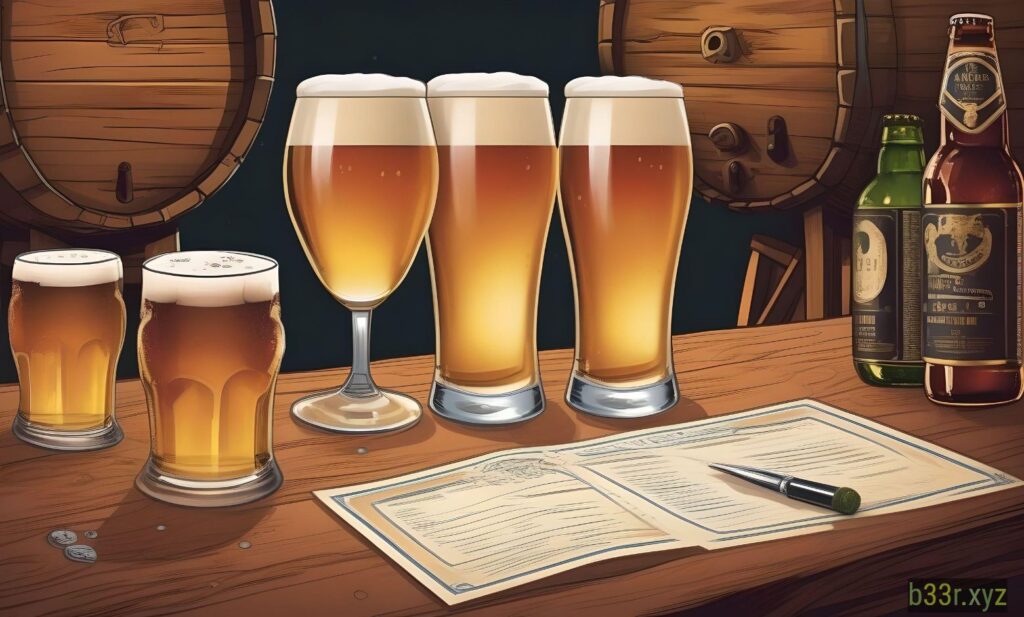
The flavor profile of ales is typically sweeter and fuller-bodied, with a noticeable bitterness from the hops. Ales often exhibit strong fruity and spicy flavors that balance out the malt and hops, resulting in a more complex taste. Examples of ales include porters, stouts, brown ales, and pale ales, with variations such as Indian Pale Ales (IPAs), known for their hoppy and sometimes citrusy characteristics.
On the other hand, lagers are known for their smoother and crisper taste, with more pronounced malt and subtle hop aromas. The cold, slow fermentation process of lagers results in a cleaner flavor profile that allows the malt and hops to be more noticeable. Lagers are often described as having a more refreshing quality compared to ales. Common lager styles include pilsners, bocks, and Märzen, with characteristics such as a malty backbone and a brisk hoppiness.
Conclusion
To recap, the world of beer is vast and varied, with ales and lagers being the two primary categories, each with unique characteristics. Ales are known for their sweeter, fuller-bodied flavors, while lagers offer a smoother, crisper taste. The key differences between these two types of beer lie in the kind of yeast used and the fermentation process. Hybrid beers, which combine elements of both ales and lagers, showcase the creativity and innovation of brewers who experiment with different yeast strains, fermentation temperatures, and ingredients. As we raise a glass to the diverse and delightful world of beer, let’s remember that, much like our favorite brews, variety is the spice of life. So, whether you’re an ale aficionado or a lager lover, there’s always something new to discover and enjoy. Cheers to that!

